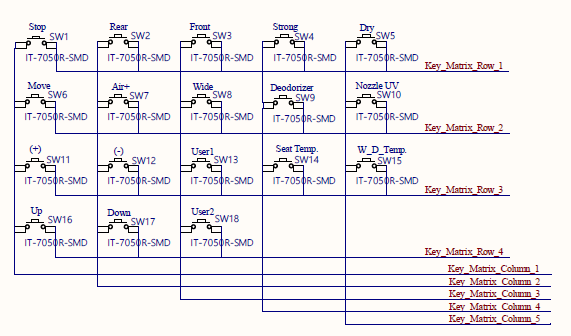hi.
We are making a Remocon PCB with nRF52832 and conducting electrical tests.
There are no major problems in other tests, but there is a reset phenomenon in ESD.
4kV is used as a contact standard, but no matter where the remote control case radiates, it is reset.
So, I am guessing that it may be entered by using the button (tact switch) on the remote control.

Is there any guide document related to this?
Is it possible to make it private and review the artwork and circuit diagram?
thank.

